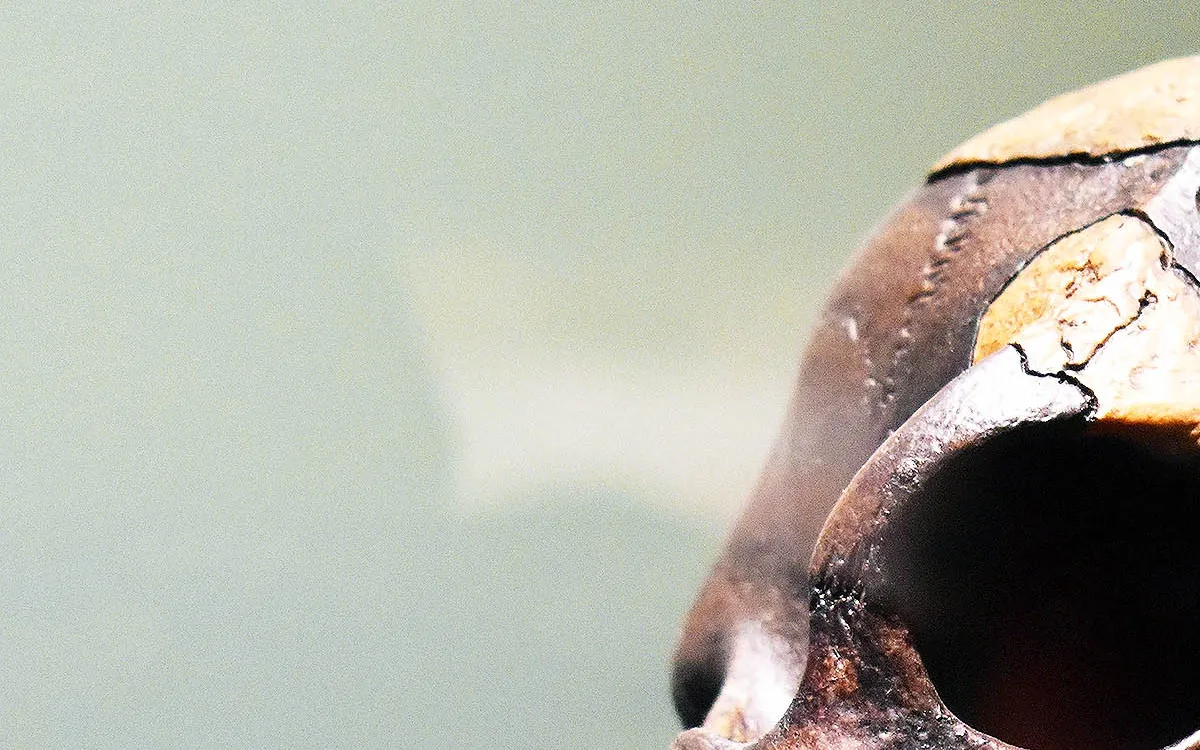
The story of human evolution is far from a straightforward ladder leading from primitive forms to advanced beings. For many years, fossil discoveries painted a picture of a steady, linear progression, where one species seamlessly transitioned into another. However, the field of science is ever-evolving, frequently rewriting its narratives in light of new evidence. Recent groundbreaking finds in Ethiopia are challenging long-held beliefs and presenting a more intricate understanding of our origins.
Research conducted by UNLV anthropologist Brian Villmoare, in collaboration with the Ledi-Geraru Research Project, has unveiled that both Australopithecus and early, unidentified Homo species coexisted in Africa between 2.6 and 2.8 million years ago. These findings contradict the traditional "march from ape to human" model, suggesting instead that our evolutionary history resembles a branching tree with multiple lineages. This revelation underscores the complexity of our ancestry, which cannot be reduced to a simple progression.
Australopithecus inhabited the African landscape approximately 3 million years ago, serving as a crucial link between our ape-like ancestors and modern humans. Although shorter and possessing smaller brains compared to us, these hominins walked upright. Their anatomy reflected a blend of adaptations, including long arms suited for climbing and a pelvis and legs designed for walking, illustrating their ability to thrive in both tree-dense and open grassland environments.
Fossils of species like Australopithecus afarensis, notably represented by the famous skeleton "Lucy," provide insight into their early experimentation with bipedalism, while they still retained the ability to navigate trees. The fascinating narrative told through their bones highlights significant adaptations; they didn’t utilize tools like later hominins, but they began the process of freeing their hands through bipedalism. Their dental structure indicates a diverse diet, likely consisting of fruits, roots, and tougher plants, which was essential for survival amid changing environments.
At the Ledi-Geraru site, researchers uncovered 13 teeth, with some belonging to early Homo species while others came from a previously unidentified Australopithecus species. This newly discovered species differs from "Lucy," which vanished from the fossil record around 2.95 million years ago. The research indicates no younger specimens of Lucy’s kind, prompting ASU paleoecologist Kaye Reed to state, “This new research shows that the image many of us have in our minds of an ape to a Neanderthal to a modern human is not correct – evolution doesn’t work like that.”
Notably, Ledi-Geraru is already a significant location in paleoanthropology, with it being home to the oldest known Homo jaw fossil, dated at 2.8 million years, and the earliest Oldowan stone tools. The sediments there, rich in volcanic ash, provide the geological context necessary for precise dating and valuable insights into the environment these species inhabited.
During the period of 2 to 3 million years ago, the Ledi-Geraru area was characterized by a vibrant landscape of rivers, vegetation, and shallow lakes, contrasting sharply with today’s arid badlands. Geological evidence indicates that this region preserved a record of significant importance for understanding human evolution during the critical period spanning from 2.3 to 2.95 million years ago.
The study indicates that before 2.5 million years ago, eastern Africa may have been home to as many as four hominin lineages, including early Homo, Australopithecus garhi, the newly identified Ledi-Geraru Australopithecus, and possibly others from nearby regions. Villmoare remarks, “We used to think of human evolution as fairly linear, with a steady march from an ape-like ancestor to modern Homo sapiens. Instead, humans branched out multiple times into different niches, reflecting a more complex evolutionary pattern.”
Detailed analysis of the teeth has revealed distinctions from known Australopithecus and Homo specimens, suggesting that the Ledi-Geraru Australopithecus represents a previously unknown species. While the research team has yet to assign a name to this species, they are conducting further studies on the tooth enamel to glean insights into dietary practices and possible interactions between early Homo and this new Australopithecus species.
Several key questions remain unanswered: Did these species compete for resources, or did they share them? How frequently did they encounter one another? What were their ancestral roots? “Whenever you have an exciting discovery, if you’re a paleontologist, you always know that you need more information,” Reed emphasizes. “You need more fossils.” This highlights the importance of training new generations of researchers to explore uncharted territories for fossil discoveries, which could illuminate not just how these species lived, but also why some thrived while others became extinct.
The findings from this study are published in the journal Nature, providing a deeper understanding of the complexity surrounding our evolutionary history.
—–
Like what you read? Subscribe to our newsletter for engaging articles, exclusive content, and the latest updates. Check us out on EarthSnap, a free app brought to you by Eric Ralls and Earth.com.